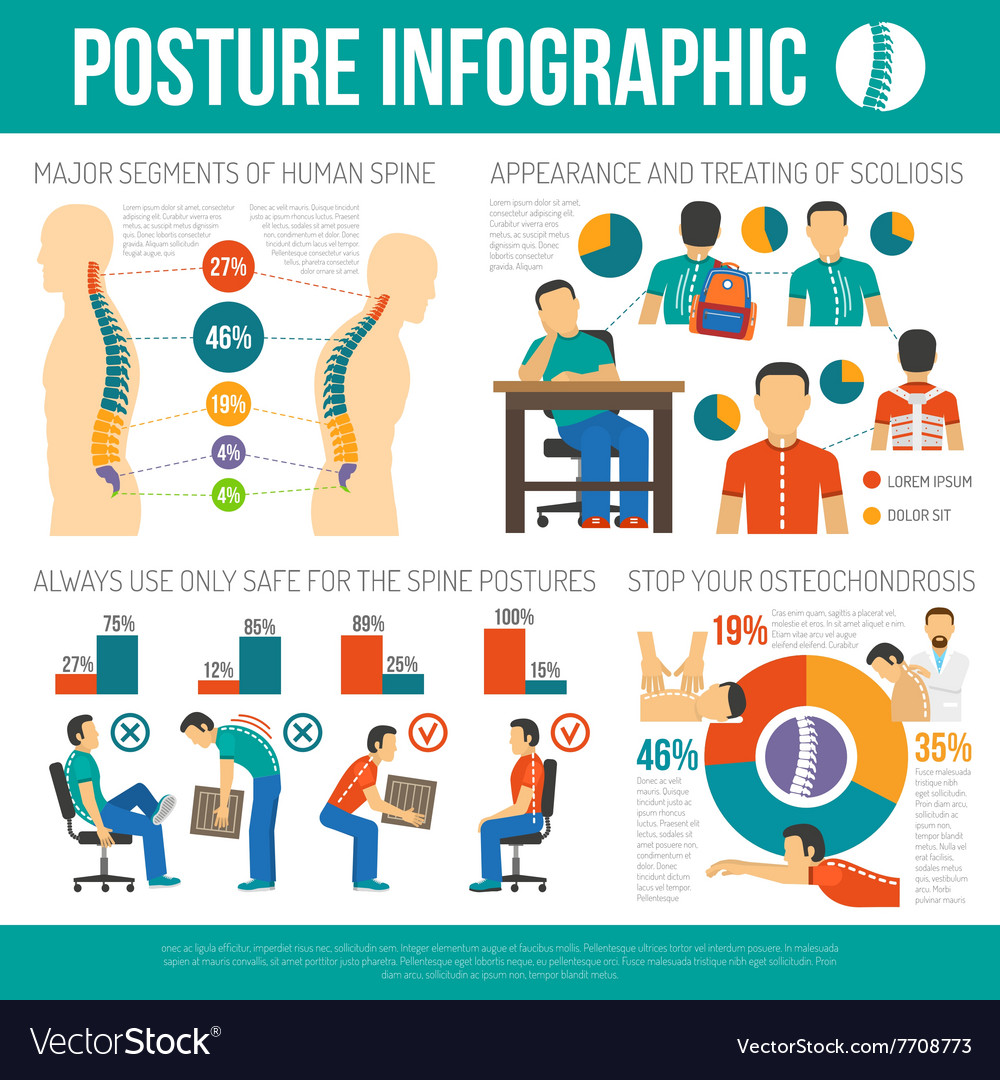Deciphering The Science Of Cold Laser Treatment: Exploring Its Mechanisms And Effects
Deciphering The Science Of Cold Laser Treatment: Exploring Its Mechanisms And Effects
Blog Article
Published By- infared body wrap may have become aware of cold laser treatment as an appealing treatment option for various problems, but have you ever questioned how it in fact works with a mobile level? Recognizing https://www.oncologynurseadvisor.com/home/headlines/conference-coverage/ons-annual-congress-2018/low-level-laser-therapy-may-prevent-oral-mucositis-during-hsct-conditioning/ behind this treatment can clarify its effectiveness in promoting recovery and lowering inflammation. By checking out the scientific research behind cold laser therapy, you'll gain understandings into the remarkable ways in which light can influence mobile procedures and facilitate cells repair service.
Exactly How Cold Laser Therapy Functions
To understand how cold laser treatment functions, you need to realize the basic principles of how light energy communicates with biological tissues. Cold laser treatment, likewise referred to as low-level laser therapy (LLLT), makes use of specific wavelengths of light to penetrate the skin and target hidden cells. Unlike the intense lasers used in operations, cold lasers produce reduced degrees of light that don't produce warm or trigger damages to the cells.
When these gentle light waves reach the cells, they're soaked up by components called chromophores, such as cytochrome c oxidase in mitochondria. This absorption sets off a series of biological reactions, consisting of enhanced cellular power production and the release of nitric oxide, which enhances blood circulation and reduces inflammation.
Furthermore, the light energy can additionally boost the production of adenosine triphosphate (ATP), the power currency of cells, assisting in cellular repair and regrowth processes.
Basically, cold laser treatment utilizes the power of light energy to advertise healing and relieve pain in a non-invasive and gentle way.
Mechanisms of Action
Exactly how does cold laser therapy actually function to generate its restorative impacts on biological cells?
Cold laser therapy, likewise called low-level laser therapy (LLLT), operates with a process known as photobiomodulation. When the cold laser is put on the skin, the light power penetrates the tissues and is absorbed by chromophores within the cells.
These chromophores, such as cytochrome c oxidase in the mitochondria, are then stimulated by the light energy, causing a waterfall of organic responses. One key mechanism of activity is the improvement of cellular metabolism.
The soaked up light power raises ATP manufacturing in the mitochondria, which is important for cellular feature and repair work. In addition, cold laser treatment assists to lower inflammation by inhibiting inflammatory conciliators and promoting the launch of anti-inflammatory cytokines.
This anti-inflammatory effect adds to discomfort relief and cells healing.
Therapeutic Effects
Comprehending the restorative effects of cold laser treatment includes recognizing just how the boosted cellular metabolic process and anti-inflammatory homes contribute to its favorable outcomes on biological tissues.
When the cold laser is related to the damaged location, it boosts the mitochondria within the cells, bring about boosted manufacturing of adenosine triphosphate (ATP), which is vital for mobile function and repair work. This increase in mobile energy speeds up the healing process by advertising cells regrowth and decreasing inflammation.
Moreover, the anti-inflammatory properties of cold laser treatment aid to decrease discomfort and swelling in the targeted area. By hindering inflammatory moderators and advertising the release of anti-inflammatory cytokines, cold laser therapy help in alleviating discomfort and improving the overall recovery reaction.
This reduction in inflammation not only provides instant alleviation however additionally supports long-lasting tissue repair service.
Final thought
In conclusion, cold laser therapy works by boosting mobile repair work and tissue regeneration via photobiomodulation. Its anti-inflammatory homes provide discomfort alleviation and reduce swelling by preventing inflammatory conciliators.
This therapy supplies a thorough method to healing, delivering both prompt relief and long-term tissue repair service benefits.
With its mechanisms of activity, cold laser treatment confirms to be an effective and appealing treatment choice for a variety of problems.
